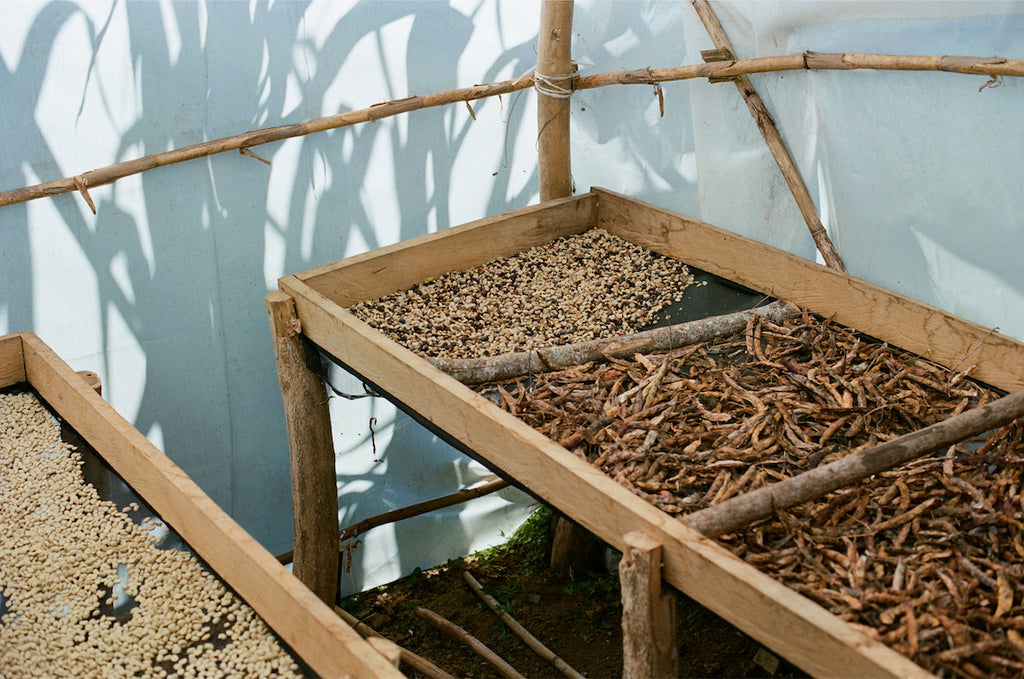
By Calum Taylor
Webshop Manager and Wholesale
Here in Copenhagen, we at Prolog love to deliver amazing coffee experiences for our guests. We want to communicate through these experiences how diverse and fascinating the world of coffee can be and provide an environment for people to relax and be present in the moment with delicious coffees.
None of this can be possible without first working with farmers to source the highest quality of coffees. The question then becomes, how can we do that, both as a roastery and an industry, in a way that is sustainable in the long term for everyone involved in the world of coffee production? How can we support coffee farmers in a way that allows them to produce at their highest level, not just for one harvest, but consistently over time?


